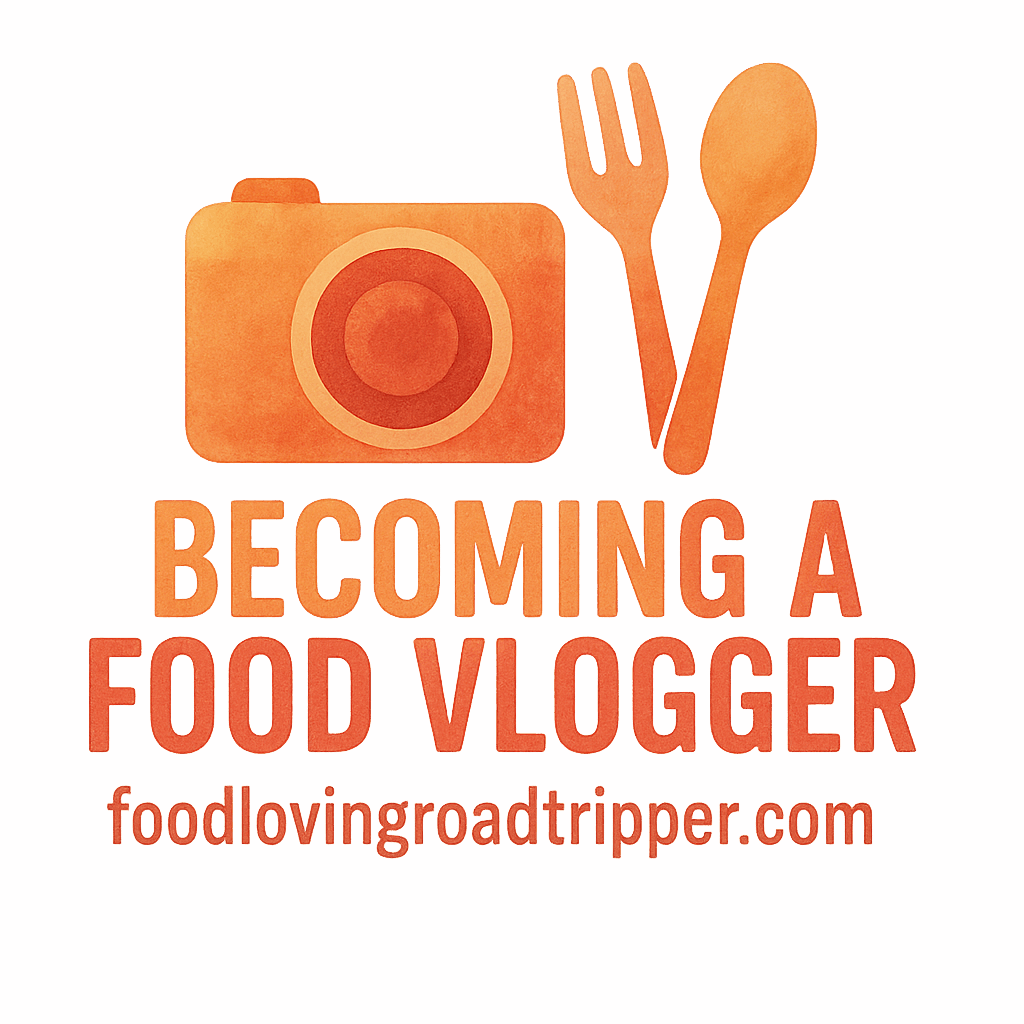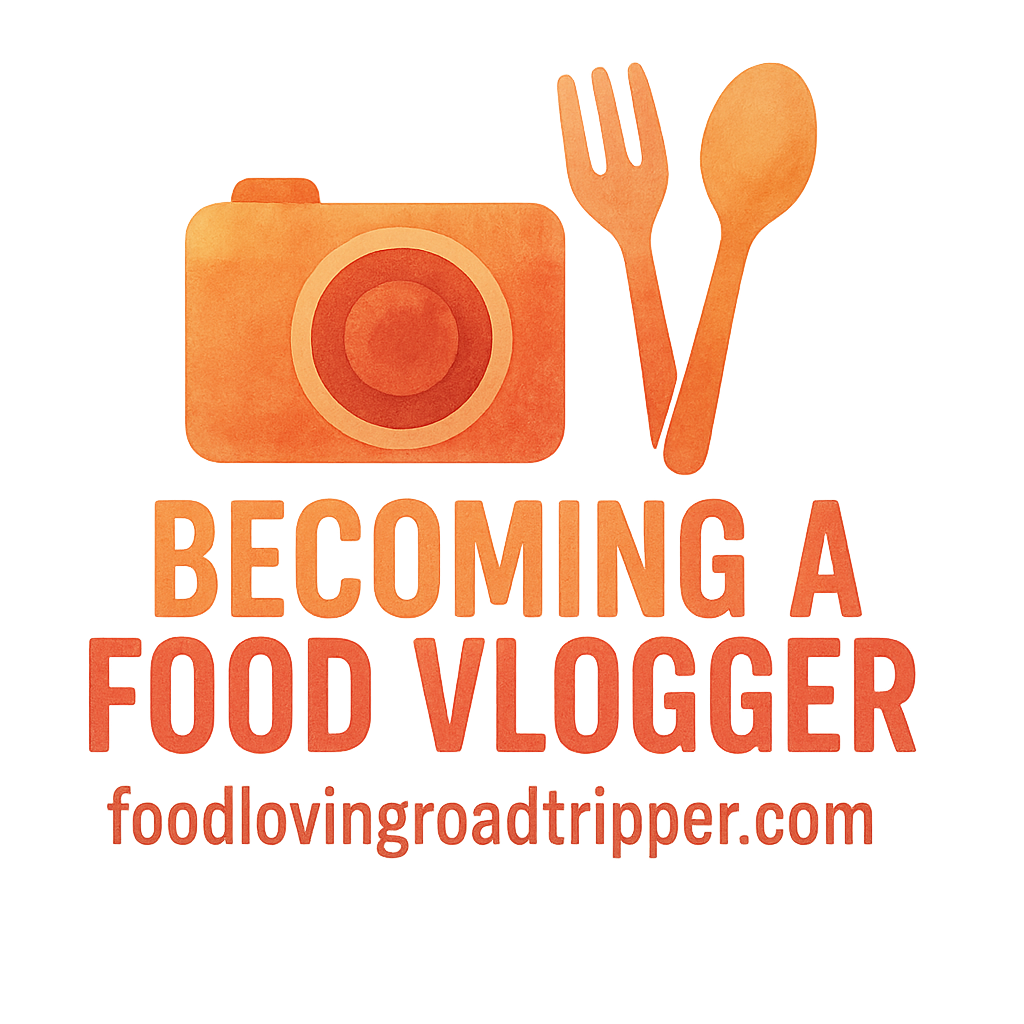Introduction
So, you’ve decided to start your own food vlogging journey. Exciting, right? Whether you’re sharing your favorite recipes, reviewing eateries, or exploring culinary trends, food vlogging offers an amazing creative outlet. But, like any new venture, it comes with a learning curve.
Many new food vloggers make avoidable mistakes that can impact their growth and success on platforms like YouTube and Instagram. In this article, we’ll go through 7 key mistakes every new food vlogger should avoid to help you get started on the right track. Let’s dive in!
Mistake 1: Neglecting the Importance of Audio
Why Clear Audio is Crucial for Your Food Vlogs
Audio is a huge part of the vlogging experience, especially when you’re showcasing food. Viewers don’t just want to see the food; they want to hear about it too. Whether it’s the sizzling sound of cooking, the satisfying crunch of a bite, or your description of the flavors, audio matters.
Poor audio can make even the most beautifully shot video difficult to watch. Think about it: Would you stick around if you could barely hear the person talking? Probably not.
Solutions for Improving Audio Quality
- Use an external microphone: On-camera microphones are often inadequate. Invest in a good quality mic to ensure crystal-clear audio.
- Choose a quiet space: Avoid filming in noisy environments. Background noise can detract from the focus of your video.
- Consider voiceovers: If background sounds are overpowering, record voiceovers during the editing process to ensure your message is clear.
Mistake 2: Poor Lighting and Camera Setup
The Power of Good Lighting in Food Vlogging
Lighting can make or break your food vlog. Bad lighting can wash out the details of your food, while excellent lighting can make the colors pop and draw viewers in. When it comes to food, the way it looks is half the battle, and lighting plays a critical role.
Choosing the Right Camera Equipment for Your Vlogs
While lighting is essential, your camera setup should not be neglected. Here’s what you should aim for:
- Natural light: If possible, shoot during the day when you can make the most of natural light. Set up near windows to illuminate your food beautifully.
- Ring lights or softboxes: If shooting indoors or in low-light settings, invest in ring lights or softboxes to diffuse light evenly.
- Camera quality: You don’t need to break the bank for a camera, but a good DSLR or mirrorless camera with manual settings is a game changer. If you’re on a budget, even your smartphone can work, provided it has a good camera.
For tips on equipment and tools that can elevate your vlogging setup, check out our comprehensive guide.
Mistake 3: Focusing Too Much on Editing
Balancing Between Raw and Edited Content
Editing is important, but it’s easy to get carried away trying to make every video perfect. Over-editing can make your content feel too polished and inauthentic. Remember, people love the realness behind food vlogs—raw moments often resonate more than heavily edited ones.
Tips for Efficient Editing Without Overdoing It
- Keep it simple: Focus on cutting out unnecessary bits. Don’t overdo special effects or transitions that distract from the food.
- Maintain authenticity: Let your personality shine through in your videos, instead of hiding it behind excessive edits.
- Use minimal music: While music can enhance your content, don’t let it overpower your voice or the sounds of the food.
For more on editing tips, take a look at this helpful resource.

Mistake 4: Ignoring SEO and Video Optimization
Why SEO Matters for Food Vloggers
SEO (Search Engine Optimization) isn’t just for blogs or websites. It’s vital for getting your videos noticed on YouTube and other platforms. Without proper SEO, your content will get buried under the competition. Keywords, tags, descriptions, and thumbnails all play a role in making your food videos discoverable.
Basic SEO Tips for Food Vlogs
- Title and descriptions: Use descriptive, keyword-rich titles. Include terms like “easy recipe,” “food review,” or “cooking tutorial.”
- Tags and keywords: Don’t neglect the tags section. Add relevant keywords and search terms that viewers might use to find content like yours.
- Custom thumbnails: Your thumbnail is the first impression. Make sure it’s eye-catching and directly related to the content.
For more SEO tips and strategies to improve your video reach, check out our growth marketing guide.
Mistake 5: Not Engaging with Your Audience
Building a Community Around Your Food Vlogs
Audience engagement is key to growing your food vlog. It’s not just about publishing videos and hoping for views. It’s about creating a community of food lovers who appreciate your content and interact with you. Answering questions, asking for feedback, and encouraging viewer participation all help in building a loyal fan base.
Responding to Comments and Building Relationships
Take time to reply to comments and foster a sense of connection with your audience. Engaging with viewers shows that you care and helps build a lasting relationship. Also, ask questions in your videos to encourage comments and interactions.
If you’re just starting and looking for advice on getting started with food vlogging, we have you covered.
Mistake 6: Forgetting About Consistency
Why Posting Regularly Is Key to Growth
One of the biggest challenges food vloggers face is consistency. You can’t expect to see growth if you’re posting once a month and then disappearing for weeks. It’s important to stay consistent with your posting schedule so your audience knows when to expect new content.
Creating a Content Calendar for Consistency
A content calendar helps you plan your videos in advance and ensures you’re consistently uploading content. By sticking to a schedule, you’ll make it easier for both you and your viewers.
To help you stay on track, check out our article on long-term planning for food vloggers.
Mistake 7: Underestimating the Power of Storytelling
Telling a Compelling Story Through Your Food Videos
While food is the star of your vlogs, the story you tell around it matters just as much. Whether you’re showcasing a recipe, reviewing a restaurant, or doing a cooking challenge, storytelling helps tie everything together. A compelling narrative keeps viewers hooked and makes your videos more memorable.
How to Connect with Your Audience Emotionally
Storytelling doesn’t have to be complicated. You can create a story around your personal experiences with food, share the cultural significance of a dish, or even document a food-related journey. The more personal and authentic you are, the stronger the emotional connection with your viewers.
For tips on improving your style and engagement, visit our related resources.
Conclusion
Starting a food vlog is an exciting adventure, but it’s important to learn from the mistakes that many new creators make. By focusing on audio quality, lighting, audience engagement, and consistency, you’ll be well on your way to creating high-quality content that resonates with your viewers. Avoid these common pitfalls, and you’ll be able to take your food vlogging game to the next level!
FAQs
- How often should I post a new food vlog?
- It’s ideal to post at least once a week to keep your audience engaged and your channel growing.
- What’s the best camera for food vlogging?
- A DSLR or mirrorless camera is best, but a high-quality smartphone camera can also work well if you’re just starting out.
- Can I use a phone for vlogging?
- Absolutely! Many food vloggers use their smartphones for convenience. Just make sure to invest in a good microphone and proper lighting.
- Should I focus more on recipes or food reviews?
- Both are great options, but it depends on your personal interests. If you love creating recipes, go for that. If you enjoy exploring new eateries, food reviews are perfect.
- How do I grow my audience as a food vlogger?
- Consistency, engaging content, and SEO are key. Respond to comments, share your personality, and keep your audience coming back for more.
- Do I need to spend a lot on equipment when starting out?
- Not at all. Start with what you have and upgrade as you grow. Good lighting and a quality microphone can make a huge difference.
- How can I make my food vlogs stand out from others?
- Focus on your unique style and personal touch. Whether it’s your storytelling, recipe ideas, or food challenges, make sure your content reflects what makes you different.


